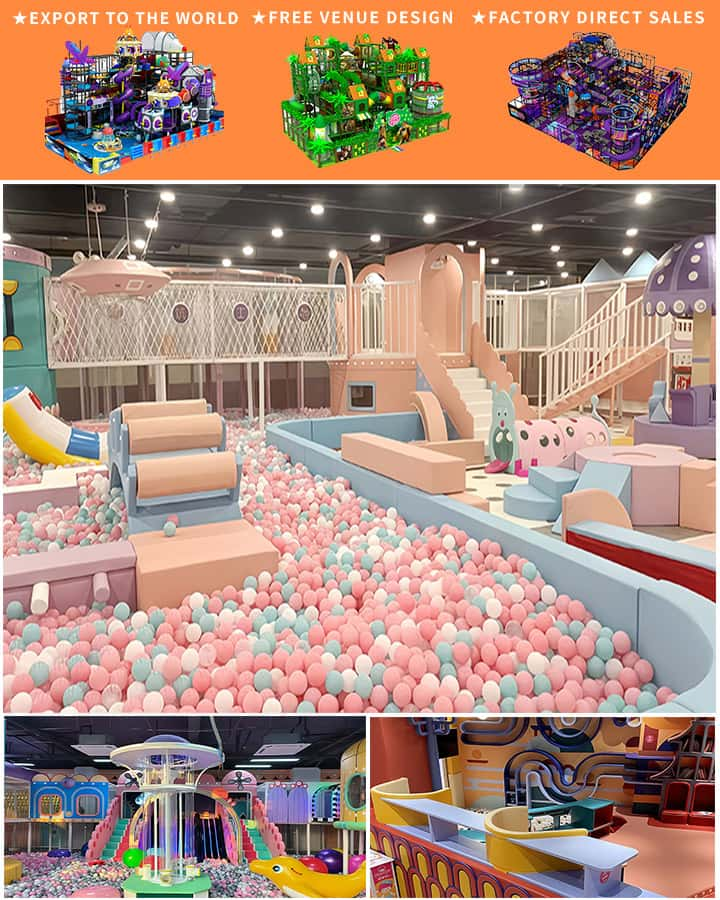When planning to set up an indoor playground, understanding the cost of equipment is crucial. The investment required can vary widely based on several factors, such as the type of equipment, quality, brand, and customization. This article delves into the key components affecting the cost of indoor playground equipment and provides insights for budget-conscious planning.
Types of Indoor Playground Equipment
Indoor playgrounds typically feature a variety of structures designed to engage children in active play. Common types of equipment include:
Climbing Structures: These often form the centerpiece of many indoor playgrounds. Climbing walls, ropes, and cargo nets provide both fun and physical challenge.
Slides: Ranging from straight drops to spiral designs, slides are a must-have for any indoor playground, adding excitement and variety.
Trampolines: Both standard and foam pit trampolines offer safe bouncing experiences that are highly popular among children.
Interactive Play Systems: Electronic or manual systems that incorporate elements like ball pits, interactive games, and obstacle courses add a unique touch.
Soft Play Areas: Padded floors, soft shapes, and cushioning materials ensure safety while providing a comfortable environment for younger children or toddlers.

Swing Sets and Merry-Go-Rounds: Adding swings and merry-go-rounds can diversify the play experience and cater to different age groups.
Factors Affecting Cost
The cost of indoor playground equipment can be influenced by multiple factors:
Material Quality: Higher-quality materials often come with a higher price tag but tend to be more durable and safer. Plastic, wood, metal, and foam are common materials with varying costs.
Brand Reputation: Established brands may charge more due to their reputation for quality and safety standards. However, they might also offer better warranties and customer service.
Size and Customization: Custom-built playgrounds tailored to specific space requirements and design preferences will generally cost more than off-the-shelf solutions.
Complexity: Simple structures like basic climbing frames are less expensive than elaborate setups that include interactive electronics or multi-level designs.
Safety Features: Additional safety features such as impact-absorbing surfaces, rounded edges, and secure fastenings can increase the overall cost but are essential for preventing injuries.
Budget Considerations
For those setting up an indoor playground on a budget, it’s wise to prioritize investments in areas that offer the most value:
Essential Structures: Invest in high-quality climbing structures and slides, which are central to any playground experience.
Multipurpose Equipment: Opt for equipment that serves multiple functions, such as a climbing wall that doubles as a ball-shooting station.
Safety First: Allocate a portion of your budget to high-quality safety features, as they reduce liability risks and provide peace of mind for parents.
Modular Designs: Choose modular equipment that can be expanded or reconfigured over time, offering flexibility and future-proofing your investment.
Conclusion
While the cost of indoor playground equipment can vary significantly, careful planning and informed decisions can help manage expenses without compromising on safety or quality. By understanding the different types of equipment and the factors affecting costs, you can create an engaging and safe indoor playground that offers great value for money. Whether you’re a seasoned entrepreneur or new to the world of indoor play spaces, these guidelines will help you navigate the financial aspects of bringing joy and activity to children.




